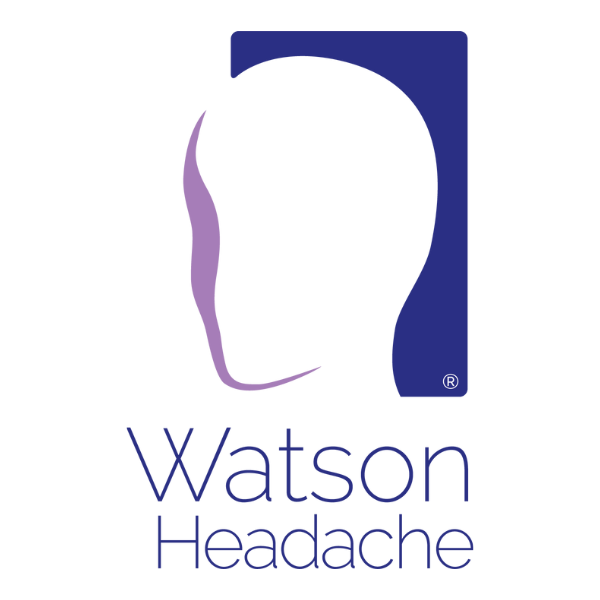“Okay, it’s been valuable to discuss the limitations of anaesthetic blocks in diagnosing headache; I gather you have issues with other diagnostic criteria (Edition 13 – The Role of Anaesthetic Blocks in Headache) for Cervicogenic Headache (CGH),” continues Watson’s colleague. “Yes, particularly strictly unilateral pain without side-shift, and whilst this can be a manifestation of CGH, it can also be present in secondary headache, for example, cranial vasculitis. But before I explain my perspective on this, it’s prudent to discuss the criterion: diffuse unilateral shoulder and arm pain.”
“Why?” enquires Watson’s colleague. “If you consider that the trigeminocervical complex (TCC) extends to the C3 spinal level, for the headache to be ‘cervicogenic’, the issue needs to be resident in the top three spinal segments, C4 is not considered a main contributor to the TCC,” replies Watson.
The Curse of Semantics and Anatomy
After briefly reflecting, Watson’s colleague hesitantly replies, “But… can’t C3 refer to the shoulder?” Watson returns quickly: “No, ‘true’ shoulder and/or arm symptoms referred from the cervical spine are associated with C5 distally. This is where understanding semantics and manual/musculoskeletal medicine is critical.”
“I am not sure I follow,” replies Watson’s colleague.
“Arm symptoms cannot result from issues in the top three segments. Secondly, it depends on what one means when the term ‘shoulder’ is used. Those in the manual therapy space would interpret this specifically in and around the glenohumeral joint. Once again, symptoms in this region will not be from C1-3 segments.” Watson’s colleague nods in agreement.
Watson continues, “However, C3 is capable of referring to the supraspinous fossa region (posterior aspect of the scapula, superior to the spine of the scapula), which some refer to as the ‘shoulder’ but respectfully those not nuanced with manual medicine will not make this distinction.” “Then, ‘arm and shoulder’ symptoms are erroneous and misleading in terms of the arm and ‘true’ shoulder, respectively,” acknowledges Watson’s colleague.
To Reconsider or Not?
“Yes, perhaps this criterion should be changed to be ‘associated supraspinous fossa symptoms’ to be more accurate,” replies Watson. “But would those not versed in manual/musculoskeletal medicine be familiar with this anatomical term?” “Probably not,” concedes Watson. “Perhaps ‘between the shoulder and the base of the neck’ might be sufficient.”
Watson’s colleague then enquires, “Do you ever see these symptoms contralateral to the side of headache?” “Yes, and if they are present, it will be from a contralateral issue at C3-4,” affirms Watson. “So, it would be even more precise for the criterion to state, ‘ipsilateral associated supraspinous fossa symptoms’. Yes, you make a pertinent point. As it stands now, I think there is an assumption that these symptoms will be ipsilateral. Still, this addition would remove any ambiguity,” agrees Watson and then adds, “Perhaps it could be even more precise though.”
An Oldie but a Goodie!
“What do you mean?” “Remember Cloward’s experiments in the 1950s,[1] which demonstrated cervical disc referral patterns distally along the medial border of the scapula? The C2-3 disc referral presented at the medial border of the scapular adjacent to the supraspinous fossa,” explains Watson. “I find many confused at what a C2-3 disc referral is with a trigger point of the levator scapulae.”
“So, let’s be clear: not only can relevant symptoms present in the supraspinous fossa, but they can also be medial to the fossa.” “Yes,” replies a confident Watson. “To be accurate, and this is where the examiner needs to get up and touch the patient, this should be included.”
Bringing a Musculoskeletal Flavour
“Your perspective then is that the current criterion ‘diffuse unilateral shoulder and arm pain’ should be reconsidered as ‘associated ipsilateral supraspinous fossa (upper shoulder), or medially adjacent to the fossa, symptoms’.” “Correct,” Watson confirms. “Whilst it is a bit of a mouthful, it is more accurate and congruent with relevant musculoskeletal presentations.”
But then Watson’s colleague challenges Watson, “What about the assertion that cervical symptoms in primary headache are a manifestation of the bi-directional nature of the trigeminocervical nucleus?”
Watson rolls his eyes, “Yes, I am well aware of the medical model’s perspective, essentially to dismiss the relevancy of cervical afferents in primary headache. I will contest this when we scrutinise the high prevalence of accompanying cervical symptoms in primary headache and that those neck symptoms are mandatory for a CGH diagnosis.”
Reference:
- Cloward RB. Cervical diskography: Technique, indications, and use in diagnosis of ruptured cervical disks. Am J Roentgenol Radium Ther Nuclear Med 1958; 79:563–74.

